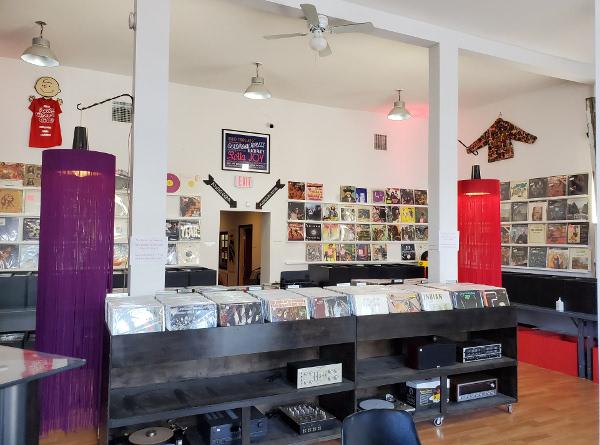Last time I looked at the numbers for 2019, CD's were bought at twice the rate of LP's. LP's, which run about twice the price of CD's, came in about even in total gross sales.
Regardless, to act like physical media sales for any format are kicking ass is not true. LP's and CD's combined had a gross sales number of around a $1B. Around 2000, CD sales were around $20B.
To pay $30-40 for a vinyl LP that wears out, has crappy audio quality compared to the studio master and, has most likely, been recorded digitally, is insane and incredibly stupid.
I had a guy tell me a few years ago that his old CD's had fogged over and that's why he went back to vinyl. I then went through a few of my oldest CD's. They were in perfect condition and played perfectly. We're talking about discs from 1984.
Had another guy state that LP's don't wear out. What? Of course, they do. So do phono styli and they are made of diamond.
Anyway, all of my music is ripped or downloaded onto my Mac and, when I listen in my home theater, a good bit of the time I'm listening to or watching Blu-rays.
































































